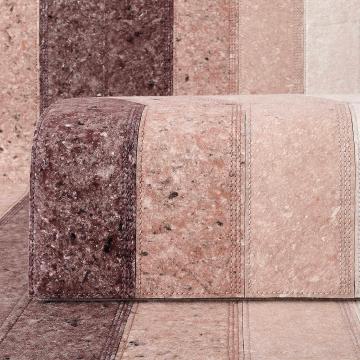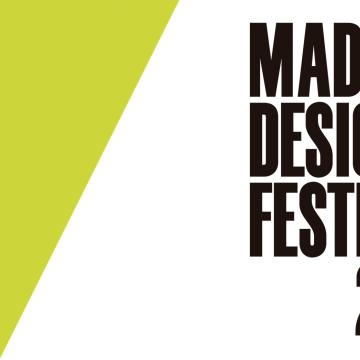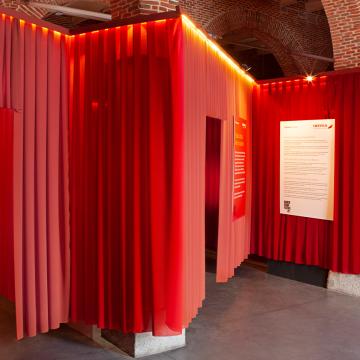Since opening on the 17th of April, Espacio Iberia has welcomed dozens of guests with one thing in common: their infinite talent. Talent that has inspired all the people who have sat there to listen to them.
Izaskun Chinchilla
Transformation from a Gender Perspective
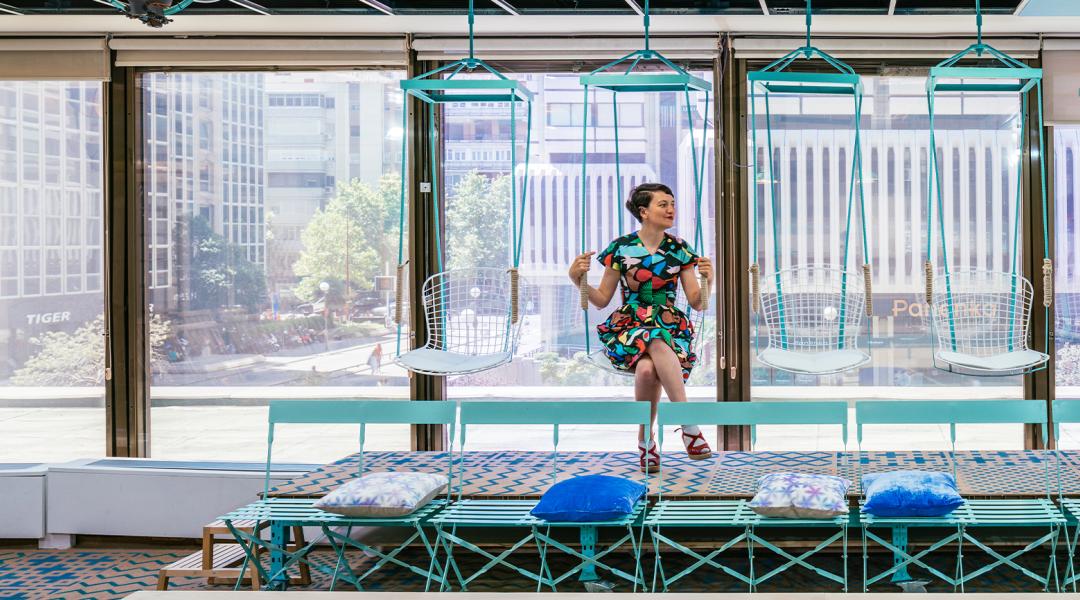
Reimagining the role of the contemporary architect and highlighting the importance of women have always been manifest in the work of Izaskun Chinchilla, one of the leading voices in the latest edition of the Madrid Design Festival. Her way of working highlights the most vital material used in building: the people who inhabit the space.
She acknowledged the importance of sustainability in architecture long before it appeared on the political agenda. But envisioning the role the environment would come to play is just one of her skills. “When I finished my degree, I knew there was a gap between what society demanded and what the academies and architects were offering,” says Izaskun Chinchilla (Madrid 1975). With a string of awards to her name, today she is one of the few female professors in the field. Hence the fact that vindicating a female approach in a sector still dominated by men is part of her manifesto. According to her, “gender awareness is an essential empowerment system.”
You’re one of the few Spanish female architects with her own studio. How did you achieve this?
After graduating, and even when I was studying, I knew that I wasn’t going to do well under a policy like the one Spanish architecture had been using over the past years and decades. I felt that, in the Spanish government bodies, female culture was not represented. So, I decided to propose that which the official culture didn’t cover. Harvard professors W. Chan Kim and Renée Mauborgne explain this well in what they call Blue Ocean Strategy. What they’re saying is that in all industries, red oceans are formed; the markets are tainted by cutthroat competition—as is the case in architecture. In those situations, it’s usually good to discover the blue ocean, i.e. the market space that is not yet explored or defined in the official lines. That’s why the female touch is so recognisable in our work to the point of becoming an advantage, one we’ve “fought” for.
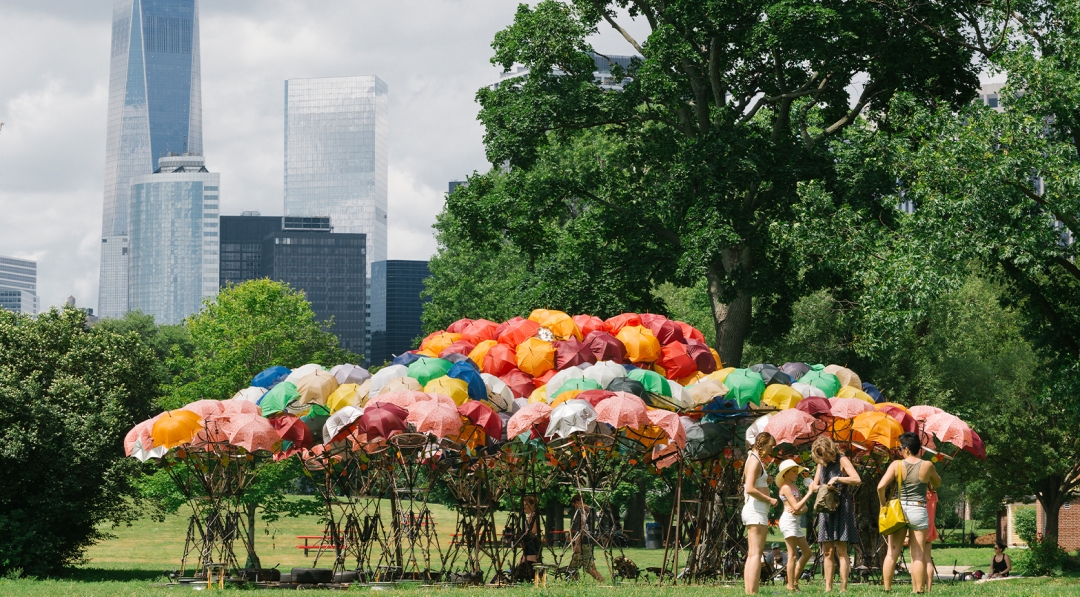
Organic Growth in New York: an eco-pavilion by Izaskun Chinchilla, winner of the 2015 City of Dreams Pavilion competition. © Courtesy of Izaskun Chinchilla Architects
Many of your projects are based on traditions practiced by women, such as embroidery, watercolour, and cooking. Have you realised how exceptional those professions are?
Apart from the research we do for each project, there are lines that go from one point to another, and they are part of a mid- and long-term strategy, aimed at highlighting important issues architecture should address. One of them is the female legacy or patrimony; the perspective is still very male-dominated. We try to think that women have been considered irrelevant because of the patrimonial selection standards. The way to highlight their importance is to acknowledge the professions and products traditionally practiced and made by women. For example, we feel that embroidery is as relevant as the history of painting; it only needs a good historiography and museum presence. In important museums like the Victoria and Albert, such professions have a different weight and presence.
Apart from the female accent, what codes define your studio?
We once used the slogan Low budget, thinking, fresh making. We adopted this way of working during the financial crisis, when we managed to take off, unlike most Spanish studios, which found themselves struggling.
Successful architectural firms handle large budgets, yet you have chosen the opposite path. Why is that?
When our architecture teachers were working, there was one for every ten or twenty thousand inhabitants. Now, there one for every 900. Architects used to be rare, highly qualified, associated with governmental and public power networks. These days, our livelihood is more like the average person’s. And those persons change, evolve, and are complex. That’s why they need us, for jobs like minor renovations in their homes, or for building installations in their neighbourhoods. Naturally, we also want our projects to have urban transcendence, which requires larger and longer-running, often public, investments. We want to be defined by that range.
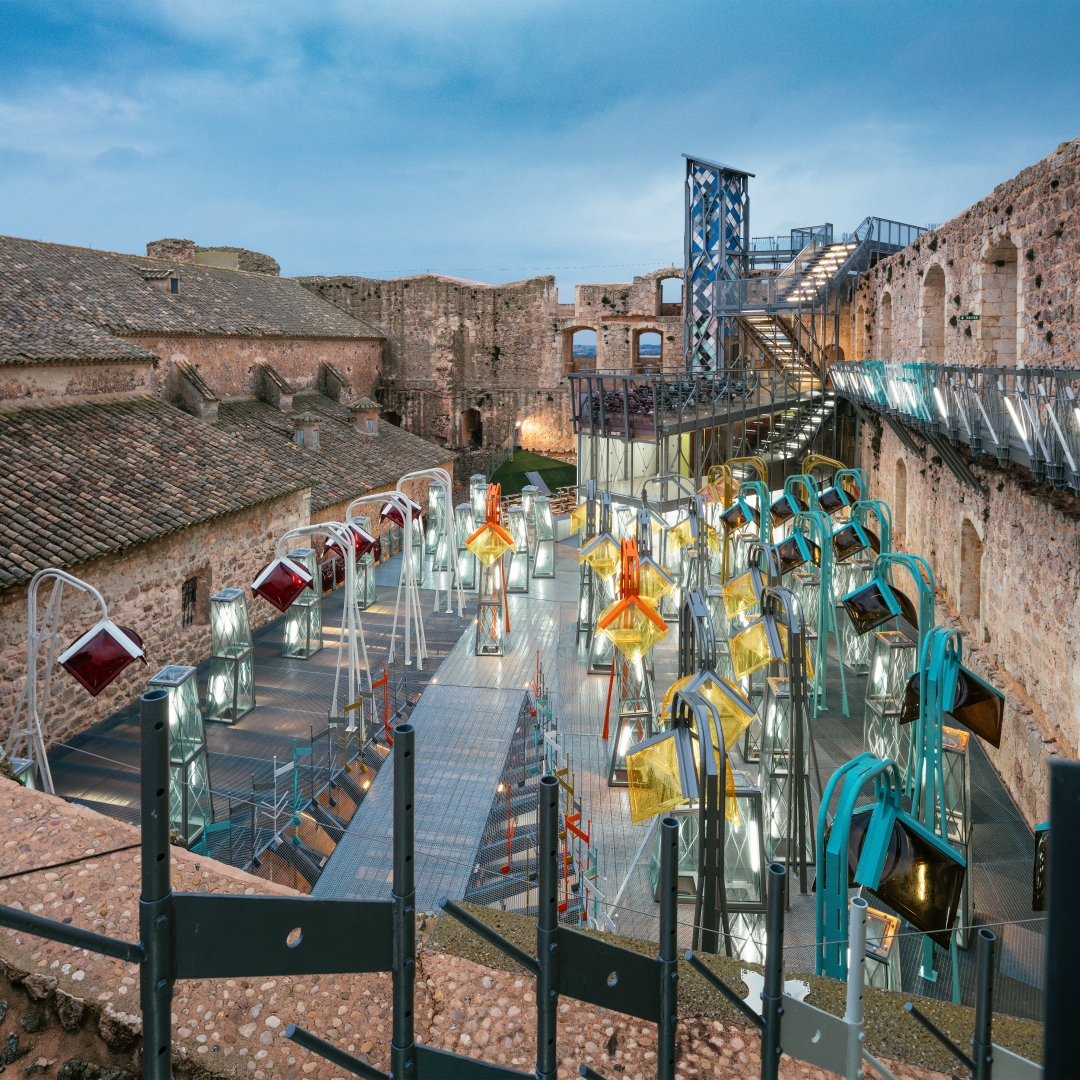
Restoration of the Garcimuñoz Castle. © Courtesy of Izaskun Chinchilla Architects
What’s fresh making?
Before the crisis, there was the prevailing notion in Spanish architecture that the architect followed a kind of stylistic purism, as if people had to recognise the hand of the creator. However, our generation, and the ones after us, works in a European environment where all the great infrastructures are finished, constructed, and in great shape. Now, the architect mostly inherits what’s already there, and their role is to intensify it, change its use, and adapt it. That’s what fresh making means. In lieu of looking for a personal and recognisable style, we want what exists to become attractive again, to have intensity, and to adjust to different uses.
You’re part of a generation of architects who approach their work from a different paradigm. What are its foundations?
Our generation understands that what’s important isn’t the building as an object, but the possibilities that architecture can offer citizens, as well as the experiences those citizens create in a space, building, or city. The attention has shifted to the subject, that’s our big project. Architecture must be inclusive in many ways and should respond to ecological challenges. We also acknowledge its political value.
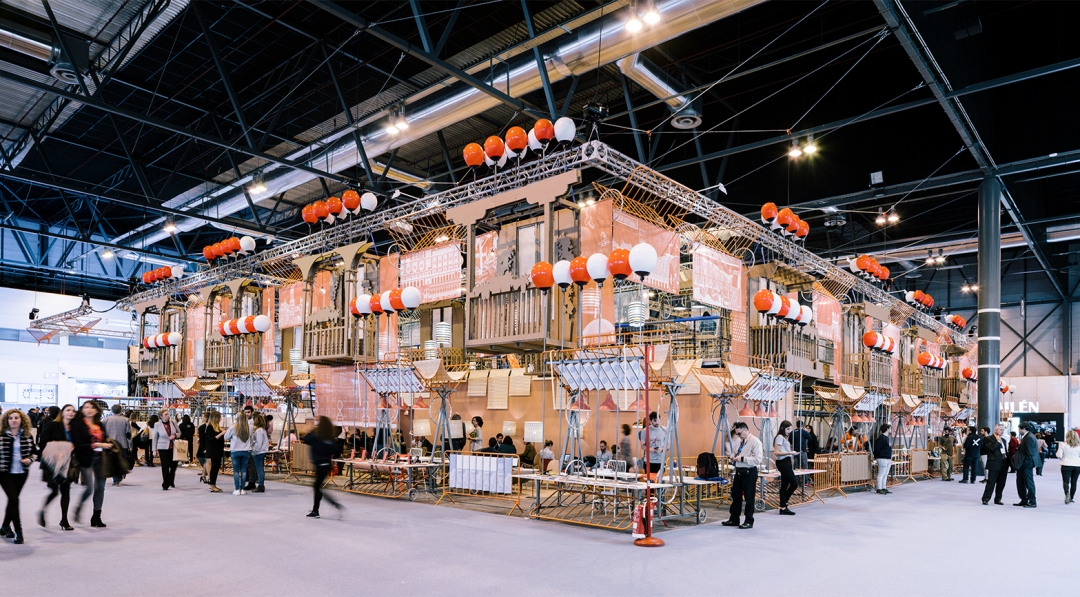
Madrid Pavilion at FITUR 2018, built by Izaskun Chinchilla’s studio. © Courtesy of Izaskun Chinchilla Architects
As you said, sustainability and ecology are a very important part of your discourse. Do you think they are the future of architecture?
I feel they’re the most important part of my work. Early on I saw the revolution ecology would cause in architecture. In fact, I wrote my dissertation on the subject. It’s the present of architecture and it will be mandatory in any project. Nobody could imagine an architect creating an unstable structure now. Well, sustainability will be equally important in the immediate future. We’re currently reacting to a climate emergency which, in ten years, will have evolved. As of now, there are very few cities where low-emissions zones have been established. When that happens, there will be other problems we’ll have to adapt to.
Will climate emergency provoke a readjustment in urban living?
Cities have been constructed according to a production paradigm that depends on fossil fuels. Commuting by private car, building the workspace far from home, or building dormitory suburbs—those are things that must disappear. The trend will be more hybrid areas, where everything will be at a few minutes’ walking or cycling distance.
Which are the great challenges facing cities?
First, they will need to be flexible and adapt without changing the existing buildings. In most urban areas, hospitals, bridges, police stations, and schools have already been built. The way we teach, judge, or cure change almost completely every ten years. Think of how teaching has changed as a result of digitalisation and more open methodologies—that could have a huge impact on schools. What I mean is that our sociological and cultural notions will change and render school buildings less useful. The challenge is to transform those buildings to meet ecological and digital requirements without destroying them.
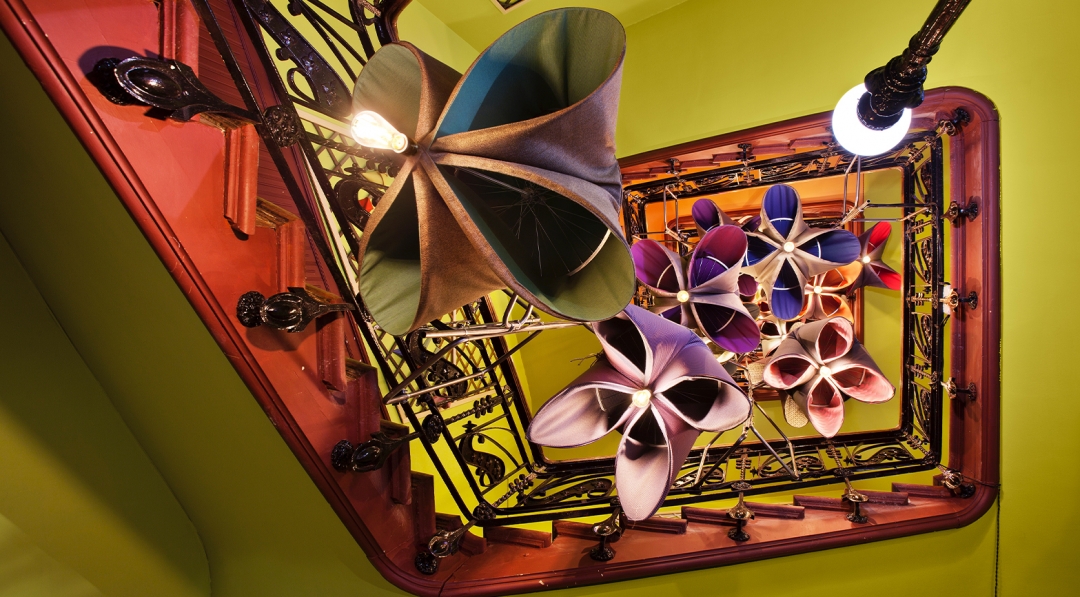
Lobby and staircase for Sunbrella at CasaDecor 2018. © Courtesy of Izaskun Chinchilla Architects
